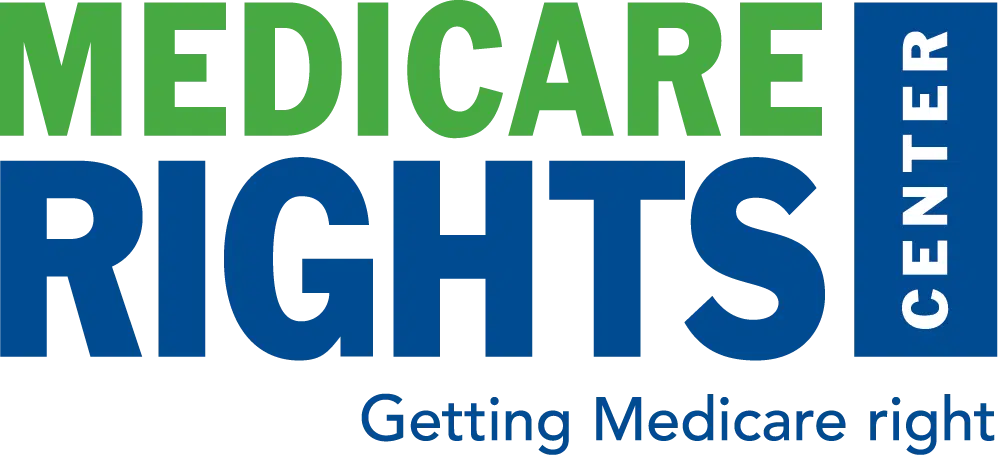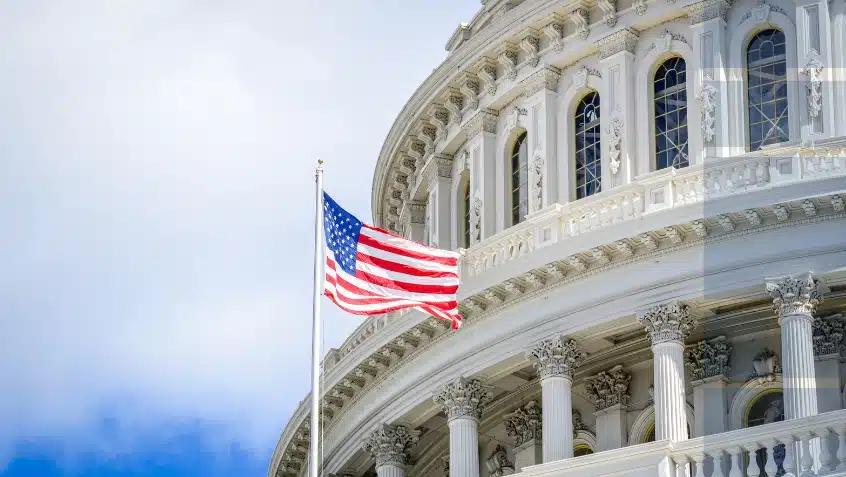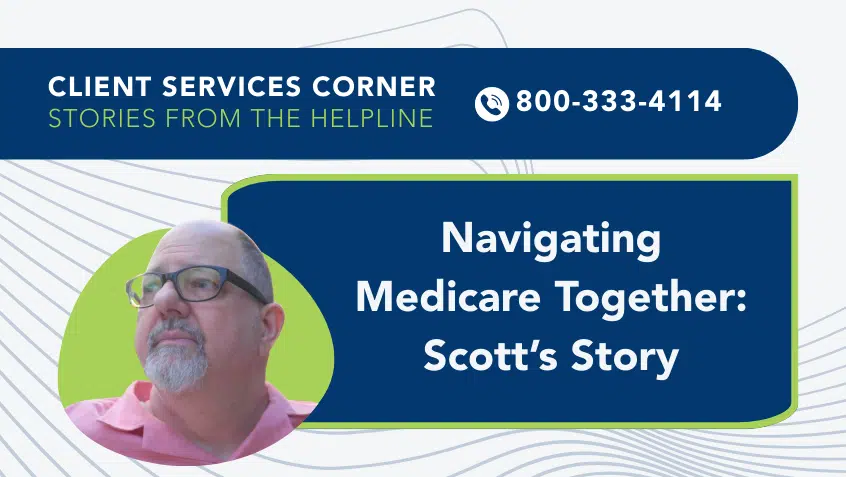Join Us Live for a Discussion on Medicare, Democracy, and the Future of Health Care
Growing Economic Challenges for People with Medicare

A new report from KFF examines Medicare beneficiary finances and health care costs. While satisfaction with the program remains high, challenges paying for it persist.
Enrollees make significant, often burdensome contributions—including paying payroll taxes, premiums, and cost sharing. Many face additional costs due to Medicare’s lack of comprehensive coverage for critical services like dental and long-term care.
Medicare Households Spend More on Health Care
These costs add up. Medicare households spend a larger share of their total budgets on health care than non-Medicare households, and more than one-third (36%) of beneficiaries delayed or skipped care in 2023 due to affordability concerns.
Medicare households spend a larger share of their total budgets on health care than non-Medicare households.
If current trends persist, these expenses will only grow over time. KFF notes the resulting cost burdens would become increasingly acute, as most beneficiaries have relatively low incomes and inadequate safety nets:
- Most beneficiaries have relatively low incomes. One in four Medicare beneficiaries lived on $24,600 or less, while half—nearly 33 million people—lived on $43,200 or less.
- Many have limited savings. One quarter of beneficiaries had savings below $18,950; half had savings below $110,100.
- Home equity is also scarce. One in four Medicare beneficiaries had no home equity at all; half had home equity below $128,200.
KFF found notable differences by age, race and ethnicity, and gender, including:
- Income and savings were generally lower for beneficiaries who were older, female, Black or Hispanic, as well as those under 65 with long-term disabilities.
- Nearly half of all Black and Hispanic beneficiaries had no home equity and roughly one in five had no savings or were in debt. By contrast, one in five White beneficiaries had no home equity, and fewer than one in ten had no savings or were in debt.
Recent Legislation Further Threatens Affordability of Care
As these numbers make clear, most people with Medicare cannot afford to pay more for care. Instead of responding to this reality, the recent reconciliation bill threatens to worsen it, through funding cuts and other changes that will further restrict access to affordable care.
Most people with Medicare cannot afford to pay more for care.
In part, the bill undermines rules easing enrollment into the Medicare Savings Programs (MSPs), which help qualifying low-income beneficiaries pay for and use their earned Medicare coverage. Without these modernizations in place, an estimated 1.3 million beneficiaries will go without vital cost assistance, putting their health and lives at risk.
Medicare Rights continues to strongly urge policymakers to instead champion reforms that reflect beneficiary needs and financial realities—to bolster coverage and affordability, rather than jeopardize it.
Read the full KFF report, Income and Assets of Medicare Beneficiaries in 2024.
Show Comments
We welcome thoughtful, respectful discussion on our website. To maintain a safe and constructive environment, comments that include profanity or violent, threatening language will be hidden. We may ban commentors who repeatedly cross these guidelines.
Help Us Protect & Strengthen Medicare
Donate today and make a lasting impact
More than 67 million people rely on Medicare—but many still face barriers to the care they need. With your support, we provide free, unbiased help to people navigating Medicare and work across the country with federal and state advocates to protect Medicare’s future and address the needs of those it serves.
The Latest
Most Read
Affordable Health Care in Jeopardy for Millions
Analysis Flags Potential Medicare Advantage Access Issues for Mental Health Care
Medicare Advantage Enrollees Have Until March 31 to Make Certain Coverage Changes
Rural Health Fund Awards Cannot Compensate for Enormous Medicaid Cuts that Threaten Home Care
Add Medicare to Your Inbox
Sign up to receive Medicare news, policy developments, and other useful updates from the Medicare Rights.
View this profile on InstagramMedicare Rights Center (@medicarerights) • Instagram photos and videos










2 Comments on “Growing Economic Challenges for People with Medicare”
Kim
September 4, 2025 at 5:14 pmAs a medicare eligible person, I frequently skip appointments and ration medication doses knowing that in 2026 I won’t be able to afford my medications. It’s come to the point that I eat every other day, just to keep a roof over my head. There’s no community services where I live.
Ronj
September 4, 2025 at 6:29 pm70’s both of us. Skipping quite a few medical & dental visits due to costs to us. Emergency-only visits for forseeable future. Down to 1 vehicle..gas cost just too high..maybe come down a little we hope. Might need to move in with adult kids due to Medicare-Medicaid requirements along with costs & availability shortages out here in the country.